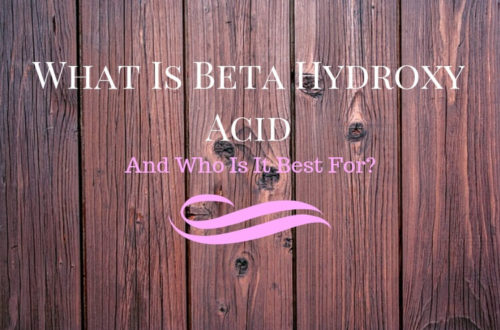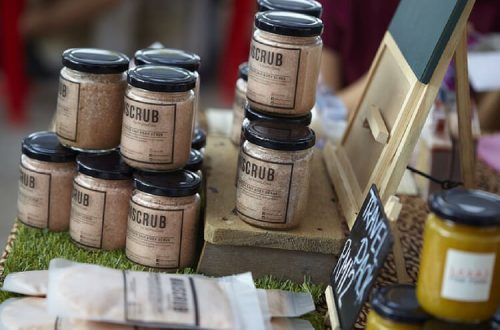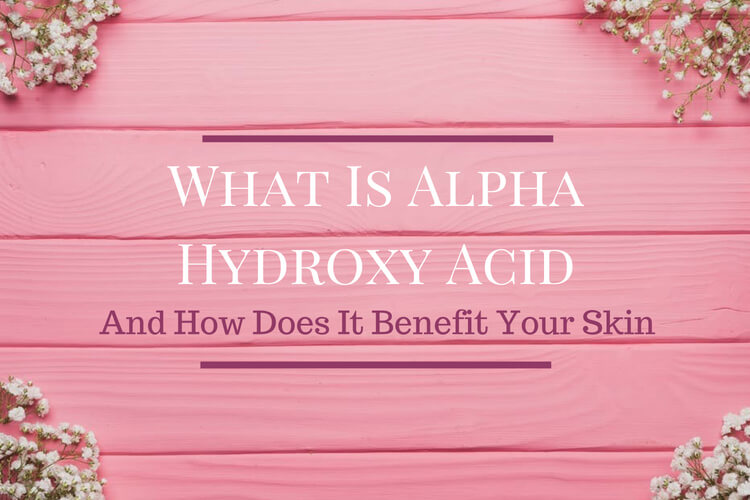
What Is Alpha Hydroxy Acid And How Does It Benefit Your Skin
So, what is alpha hydroxy acid in the world of skincare and what can it do for your skin. You’ve more than likely heard of it before at least by its more common name of AHA but what exactly is it and what can you expect from using it.
Well, it turns out quite a bit especially if you’re looking to up your anti-aging skincare game. If your end goal is for smoother, clearer and healthier looking skin, then AHAs may just be another great addition to complement your existing skincare arsenal.
What Are AHAs

AHAs are chemical compounds that are used in skincare products as a chemical exfoliant to exfoliate the uppermost layers of the skin. They occur both naturally and synthetically and are water soluble and are said to be best suited to those with dry, sun-damaged skin.
There are several different types of AHAs including Malic acid which is derived from apples, Citric acid which is derived from oranges and lemons and Tartaric acid which is derived from grapes. However, the two most well known, most researched and most widely used would have to be the sugarcane-derived Glycolic acid and the milk-derived Lactic acid.
These two particular AHAs are the most popular because they come out on top when it comes to their effectiveness. Glycolic acid is the king of AHAs because it’s the smallest in molecular size so it can penetrate the top layers of skin faster and more effectively than any other but you’ll often find numerous forms of AHAs combined within the one product so that it can perform numerous levels of exfoliation.
The Skin Benefits Of Using AHAs
When used correctly, chemical exfoliants such as AHAs are a great way to gently yet thoroughly exfoliate the skin without the need for harsh scrubbing. They dissolve the build-up of dead skin on the uppermost layers of the skin to reveal the smoother healthier skin underneath. But AHAs, in particular, are also effective at reducing the signs of sun damage and improving the skin’s natural moisture.
Chemicals exfoliants like AHAs can also help reduce the signs of aging by stimulating collagen production and reducing the appearance of fine lines and wrinkles. They are also said to help improve skin thickness which helps improve firmness as well as helping to improve skin discolouration to even out skin tone.
It’s Pore Clearing Ability
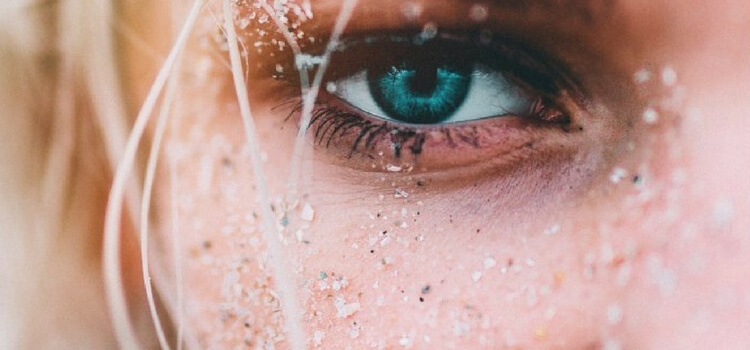
The AHA glycolic acid is also said to be quite effective for acne sufferers (however BHA is said to be more suitable). It’s ability to remove dead skin cells and maintain clear pores make it a good ingredient to help keep acne at bay and prevent pore blockage.
AHAs are also not as harsh as many physical exfoliants which can often cause issues such as micro tears in the skin and unlike in-office chemical peels, over the counter AHAs are much gentle with less chance of causing severe redness and peeling.
It’s Important To Use AHAs Correctly
Many people hear the words chemical peel and run for the hills but over the counter AHAs contain much lower concentrations than that of professional in-office peels. This does mean that they’re not as drastic both in results and side effects but they are still strong enough to offer significant benefits when used correctly (and side effects when not).
AHAs are often used after cleansing and toning and depending on the product, many are leave-on meaning that you don’t need to rinse them off afterward. Although that being said, they are also added to numerous other skincare products including cleansers and face masks which would be rinsed away so always follow the directions closely to ensure you’re using the product correctly.
Precautions And Things To Consider
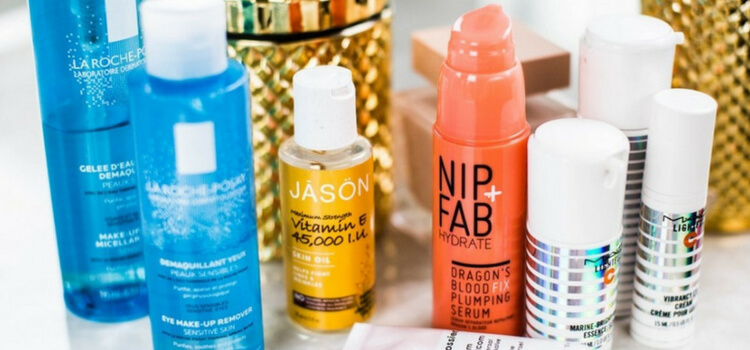
As gentle as AHAs can be, you should still exercise caution with them because they can cause irritation for some especially those with sensitive skin or if you use too much too quickly. So regardless of your skin type, it’s always best to start with a low concentration and ease yourself onto one slowly by using it for just a few days a week to start with to see how your skin reacts.
You can then slowly work up to more frequent use as and when your skin adjusts to it. Many AHAs can eventually be used daily once your skin adjusts (sometimes even twice daily) but some people, particularly those with very sensitive skin prefer to just use them a few times a week and still remain happy with the results.
It’s also worth noting that because many other skincare products including cleansers, serums, moisturiser and face masks already contain AHAs, you may want to check your existing products first so as not to overdo it with your AHA usage. AHAs also have a tendency to make your skin more sensitive to the sun so sunscreen is an absolute necessity when using them. Although sunscreen should be an absolute necessity either way.
What About BHA – What’s The Difference
AHAs and BHA are both chemical exfoliants and although they pretty much do the same thing, they do differ slightly making them more suitable for different skin types. While AHAs are recommended to be more suitable for those with dry, sun damaged skin, BHA is said to be more suitable for those with oily, acne-prone skin.
Either way, they offer numerous skin improving qualities that are hard to ignore and when combined with other great skin benefiting ingredients and products, they can make an excellent addition to your existing skincare routine.
Have you added AHAs to your routine? Please let me know what you think about them in the comments below.



